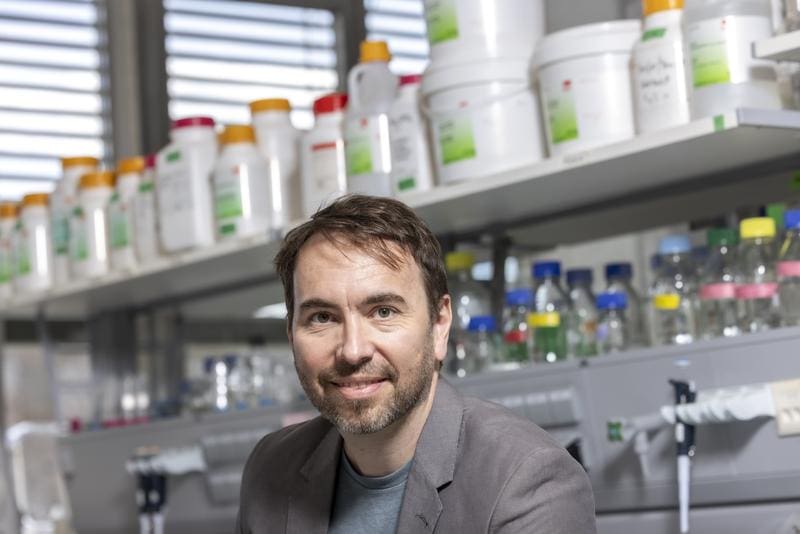TU Graz develops method for the precise design of artificial proteins
As part of the ERC project HelixMold, a research team at TU Graz led by Gustav Oberdorfer has developed an innovative method for designing artificial proteins on the computer. These are intended to serve as tailor-made biocatalysts for the synthesis of pharmaceuticals or the degradation of biopolymers such as cellulose. The results mark a breakthrough in protein development.
Previous approaches to protein design were based on the recombination of known protein fragments from databases using random experiments, which often yielded inaccurate results. The HelixMold team instead relied on parametric design, inspired by Francis Crick’s calculations of atomic position in proteins. In the process, tens of thousands of slightly varied basic frameworks are generated that can geometrically absorb an active center from nature. This center is fixed, and the rest of the protein is designed using simulation software so that the interactions of the amino acids reach an energy minimum.

A special focus was placed on unstructured protein regions, so-called loops, which are crucial for function but were often unpredictable in design. Project member Florian Wieser developed an AI that was trained with thousands of experimental loop structures to validate plausible designs. This AI-based quality control significantly improved the precision of the design process.
Developments in artificial intelligence, especially through tools such as AlphaFold and RosettaFoldDiffusion, revolutionized protein structure prediction and accelerated the team’s work. Although the focus on parametric design was supplemented by AI methods over time, HelixMold achieved its goal: to develop a method for the rapid and precise design of artificial proteins. These can catalyze chemical reactions in a targeted manner, for example for medical agents or the degradation of polymers.
The results lay the foundation for future research, moving from adapting natural proteins to designing new molecules for specific tasks. The team is already planning next steps to further refine the method and expand its application in biotechnology and medicine.
Editor: X-Press Journalistenbû¥ro GbR
Gender Notice. The personal designations used in this text always refer equally to female, male and diverse persons. Double/triple naming and gendered designations are used for better readability. ected.




